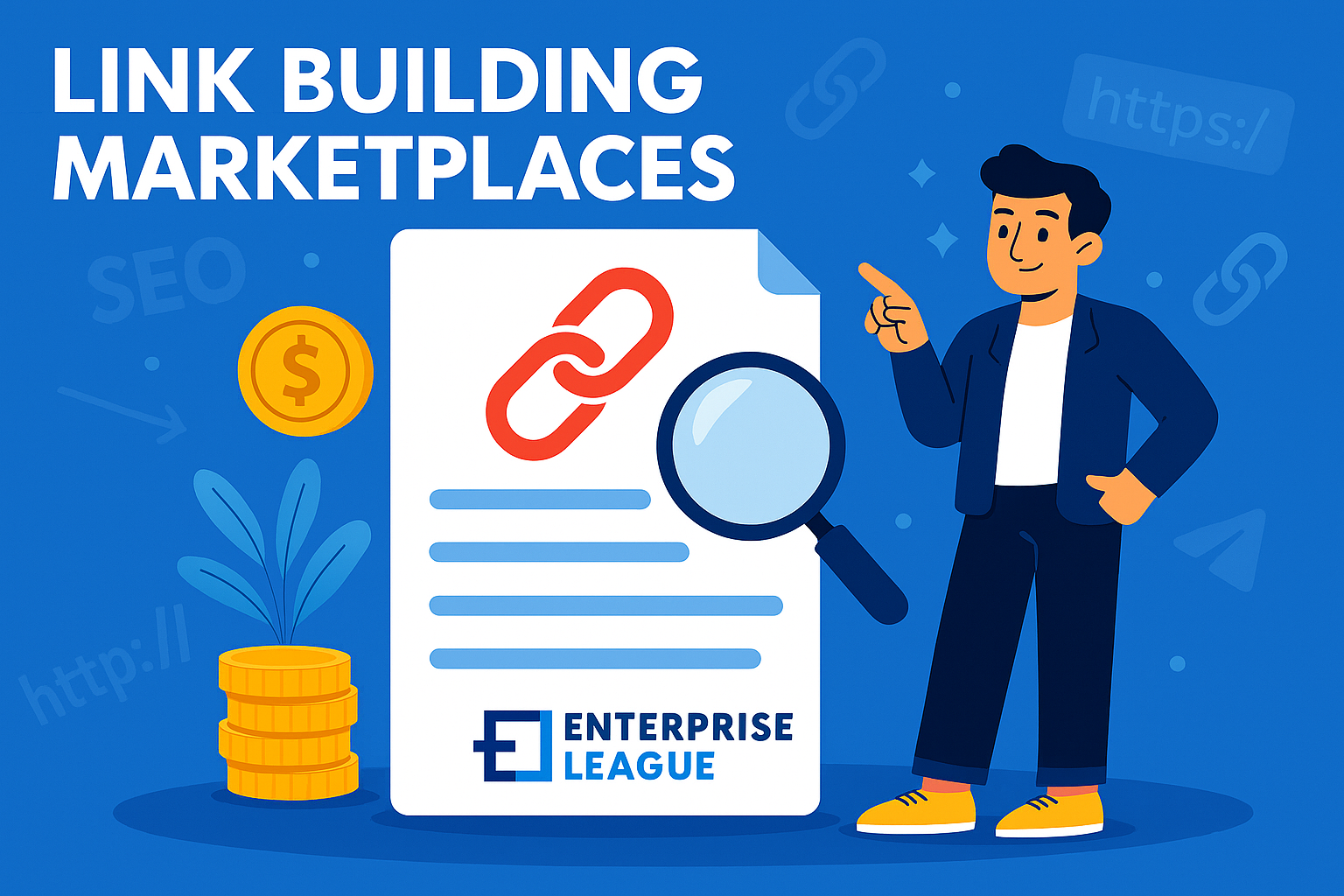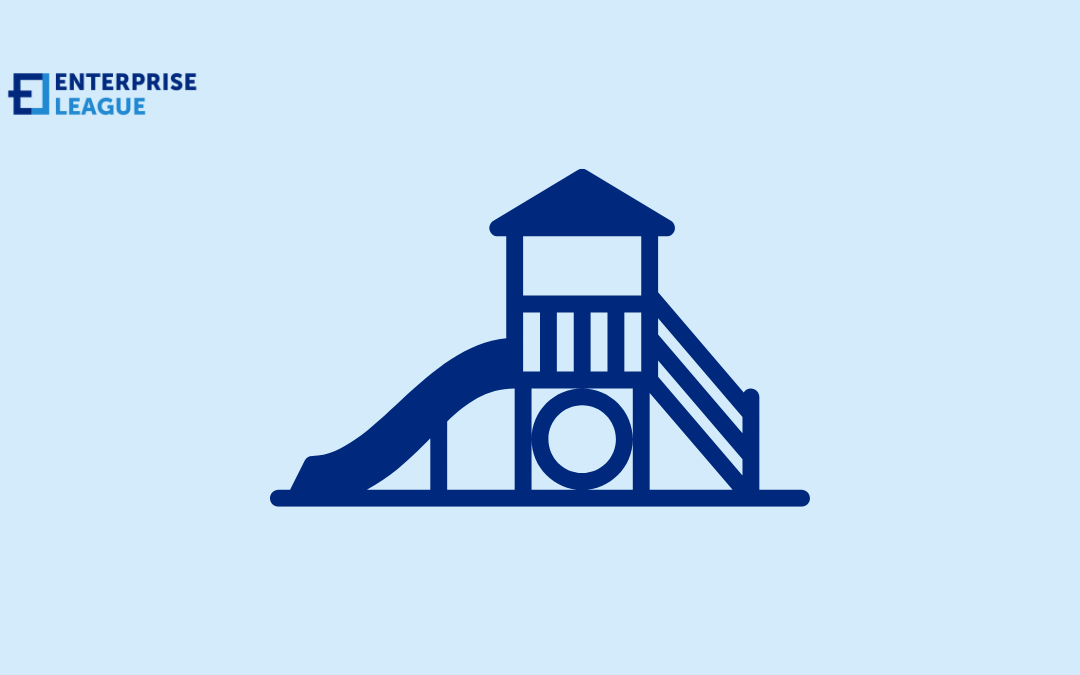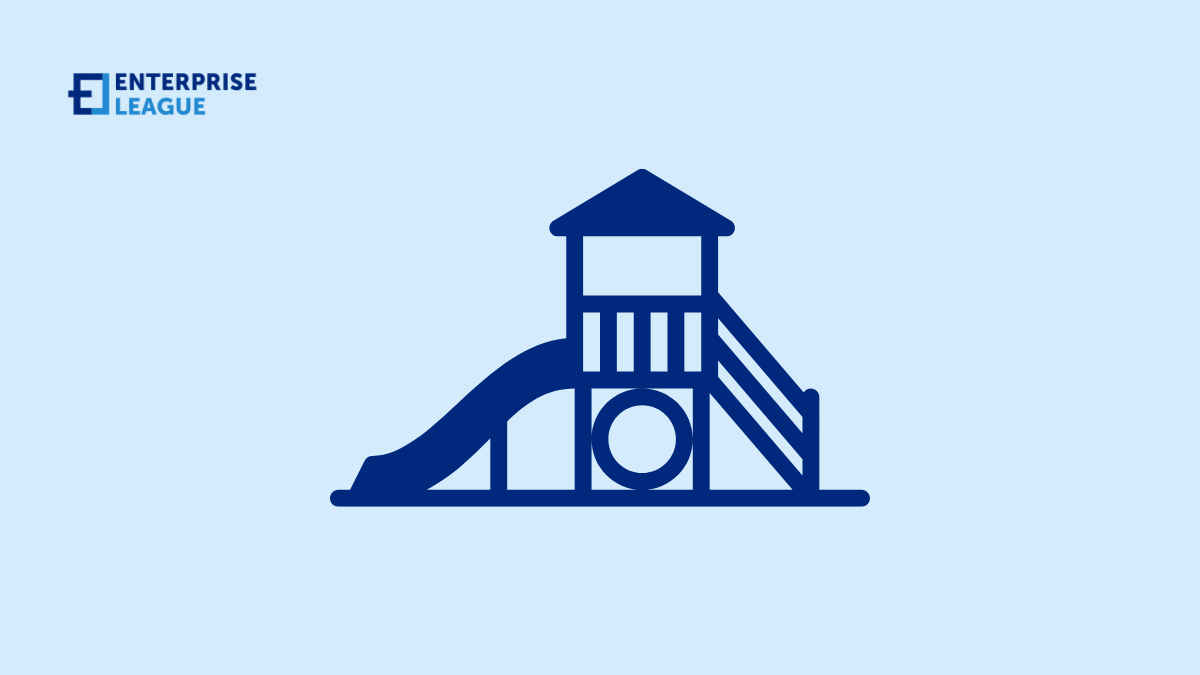Every several months, a new coin becomes "the next Bitcoin" product. But beneath the headlines, the experience of tripping over hype is much more unpalatable. Spikes can dazzle the mind, but aftershocks find wallets a dollar lighter as lessons prove more difficult....

The best 6 link-building marketplaces to scale your backlink strategy in 2025
The best 6 link-building marketplaces to scale your backlink strategy in 2025
April 02, 2025

Building backlinks remains one of the most effective strategies for improving your website’s Google rankings. These valuable connections serve as trust signals to search engines, indicating that other reputable sites consider your content worthwhile. High-quality backlinks can significantly boost your search visibility and drive targeted traffic to your pages. “Not all backlinks are created equal. Always prioritize link placements on pages that get organic traffic, not just high DA scores.” – Marie Haynes
👉 Tweet This Quote
However, the process of acquiring these links demands considerable expertise and resources, leading many organizations to leverage specialized link-building marketplaces. These platforms facilitate connections with authoritative websites willing to provide backlinks, streamlining what would otherwise be a labor-intensive process. In this guide, we’ll explore the six premier link-building marketplaces that can help you scale your backlink acquisition strategy effectively in 2025.
Best 6 link-building marketplaces
Finding the right link-building marketplace can make or break your SEO strategy. After testing numerous platforms, these six consistently deliver quality backlinks that actually move the needle for search rankings. Each offers a different balance of pricing, website authority, and niche relevance. I’ve vetted all of them thoroughly to save you from wasting your budget on links that could hurt more than help. Let’s examine what makes each one worth your investment.
PressWhizz
PressWhizz stands out by focusing on intelligent tools and real results. Founded by Dusan Novakovic (15+ years of link-building experience) and built with top SEO expert Charles Floate, this platform tackles problems other marketplaces ignore.
It has smart search by keyword to find the most relevant pages for link insertions, a competitor analysis, see where competitors get links from. And direct partnerships, no middlemen means better prices, faster delivery (under 24 hours), and lower rejection rates. PressWhizz combines marketplace convenience with tools that give you a real competitive advantage.
UK Linkology
UK Linkology is a trusted link-building company that connects businesses with high-quality websites. UK Linkology offers dofollow backlinks with strong domain authority to help improve search rankings. Every link is checked to ensure it is safe, relevant, and from a trusted website.
UK Linkology delivers high domain authority backlinks that improve search rankings and build a strong backlink profile. It is the top choice for businesses that want lasting SEO growth and reliable results.
Whitepress
Whitepress is a global link-building marketplace that connects businesses with publishers in different countries. Whitepress offers sponsored articles, guest posts, and content marketing opportunities on thousands of websites. Whitepress is known for helping companies secure quality sponsored content and guest posts efficiently, making it a preferred solution for businesses seeking reliable results.
FATJOE
FATJOE is a fast and easy-to-use link-building agency trusted by businesses and SEO agencies. It offers guest posts, niche edits, and content writing services to improve backlink profiles. FATJOE is known for quick delivery and a simple ordering system, making it an ideal option for agencies and businesses needing bulk links at scale.
Searcharoo
Searcharoo is a results-driven link-building agency known for its data-focused approach. It is owned by Web Media Group Ltd and managed by Karl Hudson and James Dooley. Searcharoo offers guest posts, custom outreach, niche edits, and detailed reports on link placements. Businesses trust Searcharoo to secure high-quality backlinks from industry-relevant websites, ensuring link relevancy and boosting organic traffic.
Reachology
Reachology is a link-building marketplace that secures backlinks from media and news websites. It also specializes in digital PR, editorial links, and content partnerships. Reachology is a top choice for businesses looking to boost their online reputation while improving SEO. It helps companies secure high-quality backlinks from well-known publications, strengthening brand visibility and search performance.
What makes a good link-building marketplace?
A good link-building marketplace offers links from trusted, high-authority websites. It should also provide guest posts, niche edits, and sponsored content options. Clear reporting and control over link placement and anchor text are also important. A reliable marketplace ensures that the backlinks improve search rankings without risking penalties. “Diversify your anchor text to avoid penalties, use branded, generic, and keyword-rich anchors smartly.” – Matt Diggity
The best marketplaces offer full control over anchor text so you can keep your link profile balanced.
Why use a link-building marketplace?
A link-building marketplace saves businesses time and effort when securing backlinks. It offers access to trusted websites, control over anchor text, and various pricing options. These platforms help businesses scale their link-building strategy while focusing on other areas like content marketing and improving their backlink profile. “A natural link profile includes follow and nofollow links. Don’t obsess over 100% dofollow.” – Ahrefs Blog
Diversity in link types helps build trust with search engines and ensures a more sustainable SEO strategy.
Top backlink indexing tools
These top performers help speed up the indexing process, making your SEO efforts pay off faster. Each tool uses different methods to get search engines to crawl and index your backlinks quickly, from ping services to advanced indexing networks. Let’s look at the standout tools that should be part of your backlink strategy this year.
BacklinkIndexingTool
BacklinkIndexingTool helps businesses get their backlinks noticed by Google faster. It speeds up indexing so search engines can quickly recognize and value new links. This tool is ideal for businesses that build guest posts, niche edits, and sponsored articles.
Indexceptional
Indexceptional is a backlink indexing tool designed for businesses that need bulk indexing. It allows users to submit multiple links simultaneously and track their indexing progress. Agencies and companies that handle high volumes of backlinks trust it.
GigaIndexer
GigaIndexer is known for its high success rate in getting backlinks indexed. It is favored by businesses that need fast and reliable indexing to ensure their backlinks boost their website’s SEO performance.
Another way to build backlinks that actually matter?
Enterprise League is more than a platform, it’s a business collaboration hub. Thousands of verified companies use it daily to form partnerships, exchange guest posts, publish sponsored content, and naturally earn high-authority backlinks. Whether you’re looking to scale your link-building or simply connect with like-minded businesses, create your free profile or explore the business directory to find trusted partners in your industry.
Real benefits of quality backlinks
Quality backlinks do more than improve search rankings. They drive more organic traffic to your website, build your brand’s authority, and strengthen your online reputation. Strong backlinks also help your content reach a wider audience and create new business opportunities.
Conclusion
Link-building marketplaces will be key to growing your website’s online visibility in 2025. UK Linkology, Whitepress, FATJOE, Searcharoo, and Reachology are the best platforms to scale your backlink strategy. Each platform offers unique strengths, helping businesses get quality backlinks and improve search rankings.
More must-read stories from Enterprise League:
- Looking for tools to support your SEO efforts? Don’t miss our roundup of the best SEO tools for startups.
- Want to scale faster in B2B markets? Discover the top B2B platforms to grow your business.
-
Need help with your guest post strategy? Learn how to write guest posts that actually get backlinks.
-
Avoid common SEO pitfalls. Here are the link-building mistakes to avoid in 2025.
-
On a tight marketing budget? Check out our tips on how to market your small business without overspending.
Related Articles
The Mirage of the ‘Next Big Coin’ and How Price Hype Tricks Even Smart Investors
Medical Equipment Manufacturing: Best Practices for Quality, Compliance, and Safety
When it comes to manufacturing medical equipment, quality, and safety are essential factors. Learn about the best practices for safeguarding your products.
Top 18 Creative Food Business Ideas for Aspiring Entrepreneurs
From food trucks to meal prep kits, we’ve listed 18 exciting food business ideas with low startup costs and high growth potential suitable for all food lovers.
What Are the Best Drying Agents for Car Washes to Speed up Service? 10 Options
In car wash operations, every second counts. A top-performing drying agent reduces water spots, speeds service, increases throughput and enhances customer satisfaction. The right formula can turn average results into showroom shine while helping your business operate...
The Role of a CMMS to Minimize Recalls in the Automotive Industry
In recent years, several recalls have occurred in the automotive industry. This has resulted in unplanned expenses, negatively impacting the company's overall revenue and reputation. Such incidents have necessitated the investment in a Computerized Maintenance...















